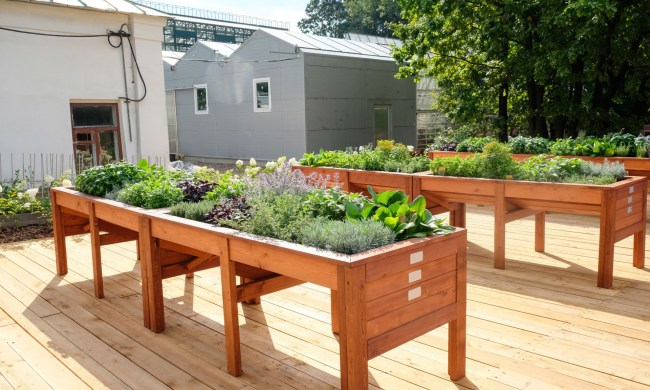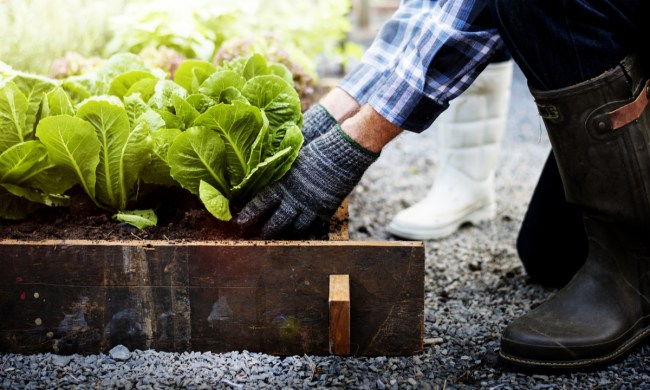If you’re a new gardener interested in planting basics or a seasoned one who’s looking to pick up new tricks, check out @urbanveggiepatch on Instagram. Urban Veggie Patch is a project spearheaded by Lee Sullivan, a coastal Australian gardener who first started growing her own food when researching clean living. With a 143k strong following, her vibrant Instagram page shares her backyard gardening experiments and all of the challenges she faces while growing flowers and edible plants. Ahead, we compiled our favorite gardening lessons from her over the years!
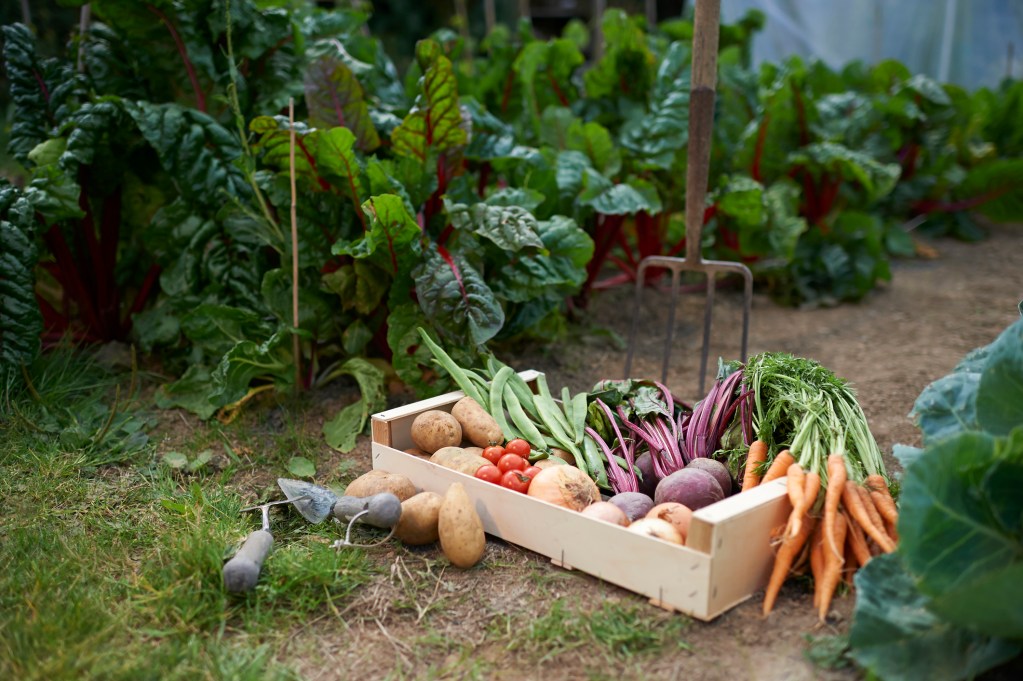
You can create your own seed-starter mix.
In one post, Sullivan shares how she develops her own seed-starting mix. She eventually decided to switch over from buying seed-raising mixes to creating her own because she noticed that her plants would stop growing at a certain point with store-bought starters. According to her complementary blog post, the five main components of this DIY soil are compost, coconut coir, sand, aged sheep manure, and a handful of worm castings. She’s had success with compost alone, but this recipe has been her go-to.
You can help your plants grow strong with soil components you might already have in your garden tool shed by creating your own seed-starting mix. It really is as simple as mixing all of these components together and popping your seeds with the blend into peat trays or toilet rolls. As your plants progress into seedlings and full-sized plants, you can keep using this soil blend, making adjustments as you see fit.
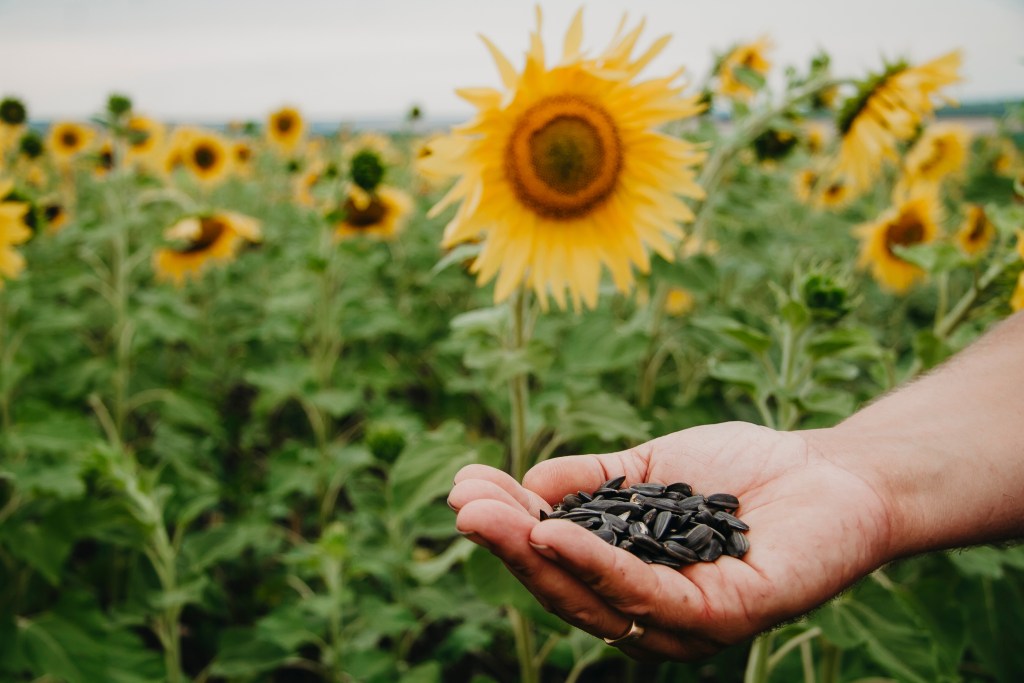
Leave your blooms alone to collect seed pods.
Here, Sullivan chats about her Turquoise Lagoon, a unique variety of blue-purple sweet pea flowers she has growing in her garden. While she previously cut them down in the summer to encourage blooms, she eventually let them go to seed around late fall to collect seed pods.
The lesson to be learned here is that you don’t need to buy new seeds every year — although buying new seeds is a fun part of the gardening process! Even with annuals like sweet peas, you can let them go to seed and collect the seeds for replanting in the spring. Let the flowers dry and brown on the stalks, then simply cut the flower head and shake or pick off the seeds. Throughout summer, cut or pinch back spent flowers to encourage new blooms. You can apply this approach to edible annuals such as basil, too.
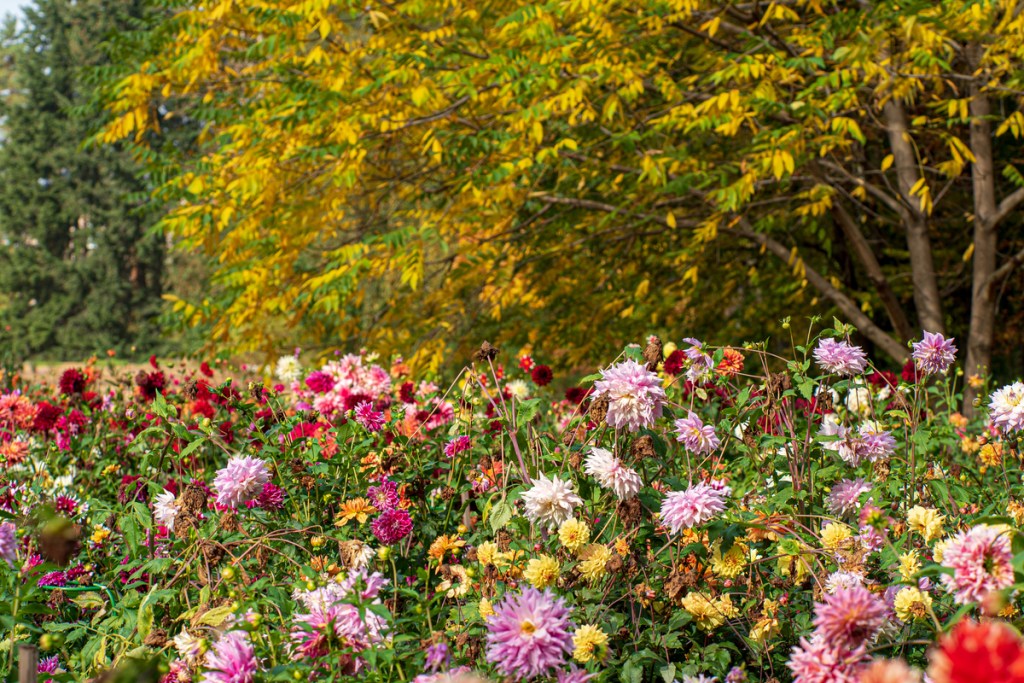
Leave some plants in the ground permanently instead of replanting them annually.
In this post, Sullivan spotlights her prolific and stunning café au lait dahlias. These flowers have been in her garden permanently for three years, and they bloom for her every year around mid-spring. Because they’ve been in the ground for so long, Sullivan reckons that they probably have fairly established tubers.
In general, dahlias are annuals (they’re hardy in zones 8 through 10 in the United States), but you can overwinter them in the right conditions, especially with protective measures such as mulch. Of course, you can let annuals die and collect seeds every year. But selecting plants perennial to your area and taking protective measures to overwinter are the best actions to take. With plants suited for your garden, you have a better shot of establishing a healthy root system to permanently anchor them to your yard.
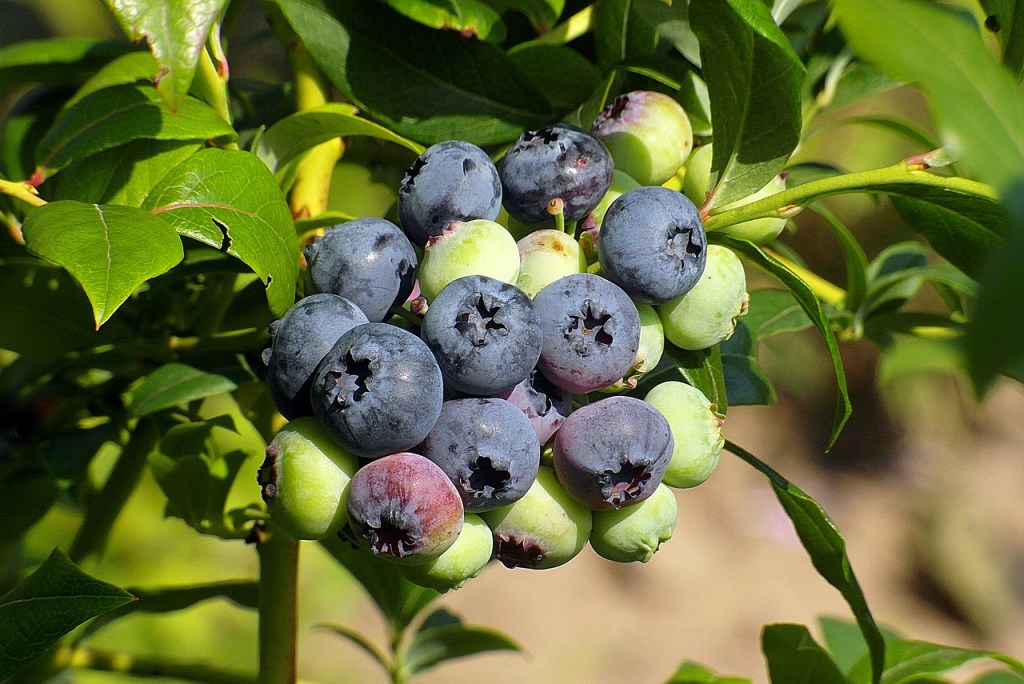
Sometimes it takes a change in your environment for a plant to thrive.
In one of her harvest posts, Sullivan discusses how she helped care for her parents’ blueberry bush when they moved. Because they had limited brightness in their yard, it didn’t grow very much. However, transporting it to a sunnier spot surged its growth. Sullivan is now able to enjoy blueberries much more often.
If you notice a struggling plant in your garden, it might not be having a hard time due to your care. In fact, it may simply be because your plant isn’t getting the optimal conditions for growth. Often, a stagnant tree or vegetable crop may just need more sunlight at the end of the day. For indoor plants, switching up the environment could mean placement by a southern window or turning on grow lights. For outdoor plants, place your crops by a light-colored fence or building. Sometimes, it may come down to picking out the right plant for the conditions that your home can provide.
Growing your own food can be a challenging endeavor with plenty of bumps along the road. But @urbanveggiepatch will teach you that experimentation is part of the process, and Sullivan offers helpful tips for your organic gardening journey. As you learn how to create your own seed-starting mix and collect seeds, you’ll grow into a savvier and more confident gardener before you know it.


